a response to feat 8: a 73km walk around every public Henry Moore sculpture in London
by tom murray • Mar 17th 2025 • Essay
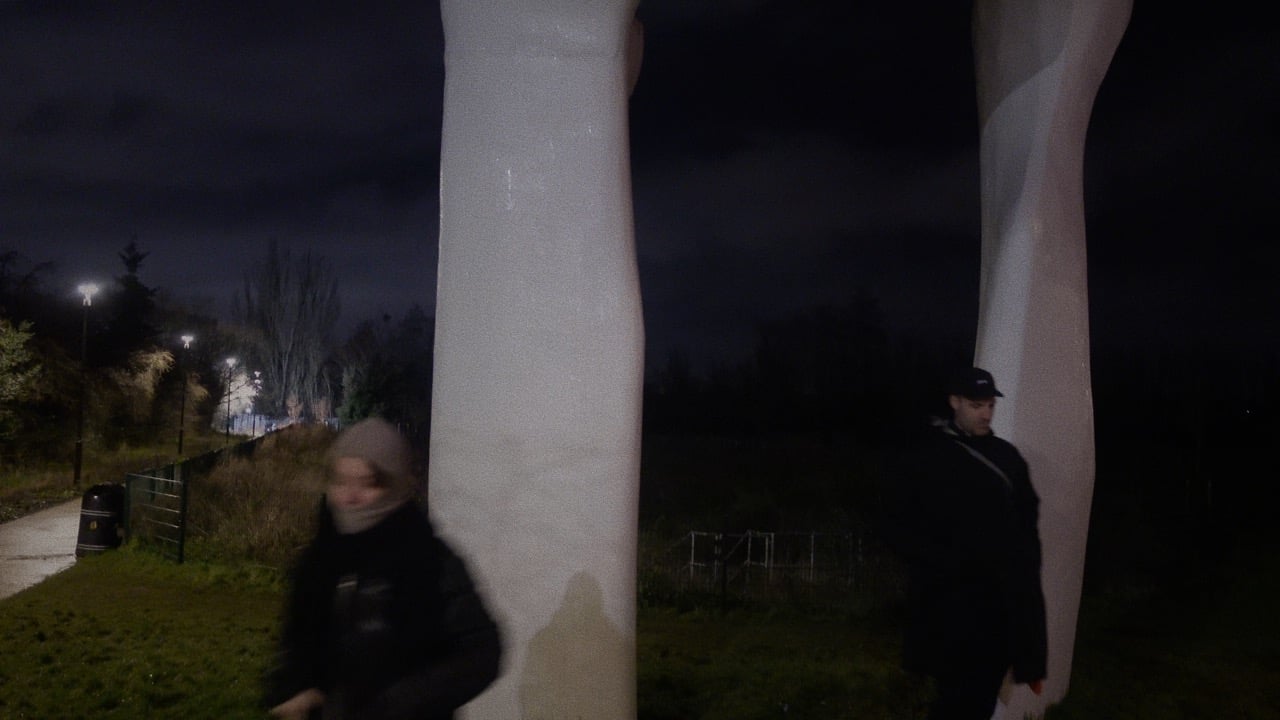 Henry Moore was not much of a walker. What unites Moore with the pedestrianists is not his inclination for perambulation but his belief in challenging people’s relationship with their everyday environments and celebrating beauty in all parts of the city.
Henry Moore was not much of a walker. What unites Moore with the pedestrianists is not his inclination for perambulation but his belief in challenging people’s relationship with their everyday environments and celebrating beauty in all parts of the city. At 5:30 am on a damp Tuesday in January, we set out on a 73km walk across every public Henry Moore sculpture in London. Our intention was to experience each sculpture as they were meant to be seen – as a public good in their natural environment.
We met in front of The Arch in Fellowship Square in Walthamstow – Moore’s latest London installation whose marble twin sister sits in Kensington Gardens. After briefly admiring the hollow fibre-glass structure, we began our commute towards Canary Wharf.
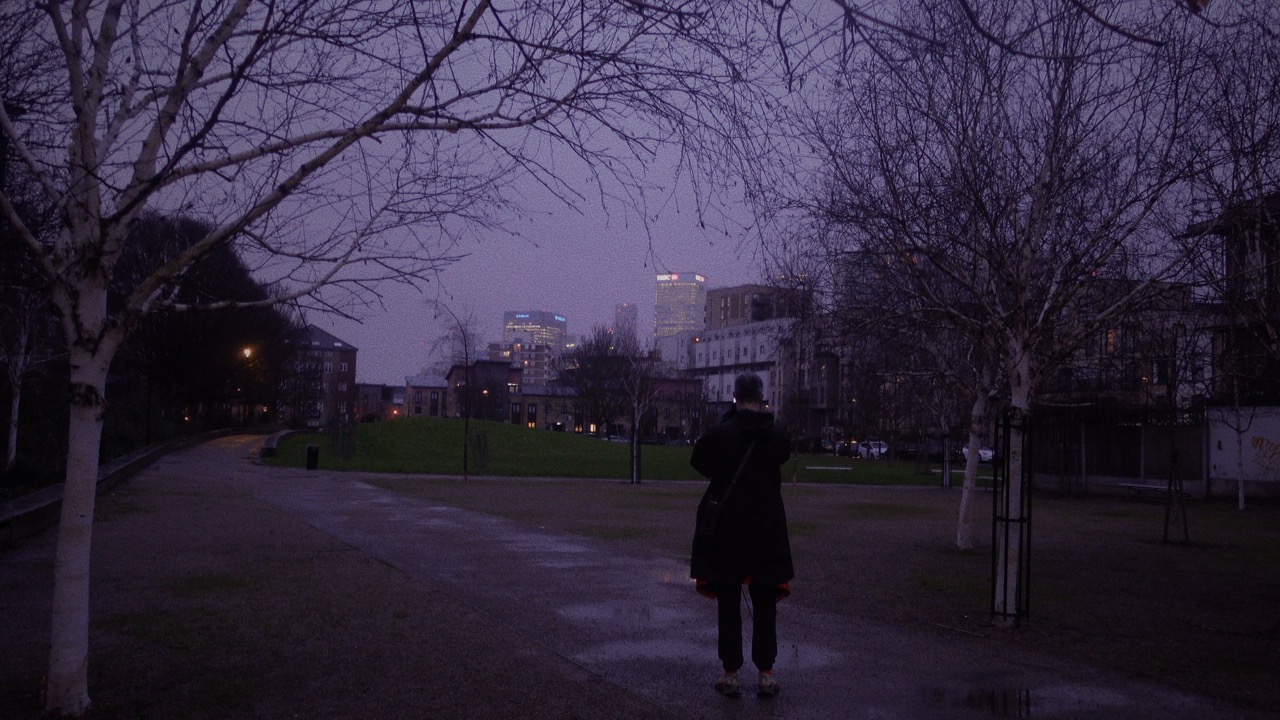
Walking the streets this early feels like you’re stealing the morning from the city. We marched in silence in single file – hoods up with tunnel vision. After an hour, we escaped Stratford’s overpasses and took refuge by the banks of the Lea.

By 8:00 am, we had reached our second Moore – Draped Seated Woman, colloquially known as Old Flo. Old Flo was completed by Moore in 1957 and lived in the Stifford Estate in Stepney for 36 years. She was made with the utopian ideal of being enjoyed by the ordinary man but, having left for Yorkshire in 1997, she now sits in Cabot Place in Canary Wharf. Like many Londoners who left the city during lockdown, Old Flo soon got fed-up with the countryside and returned to East London in 2017.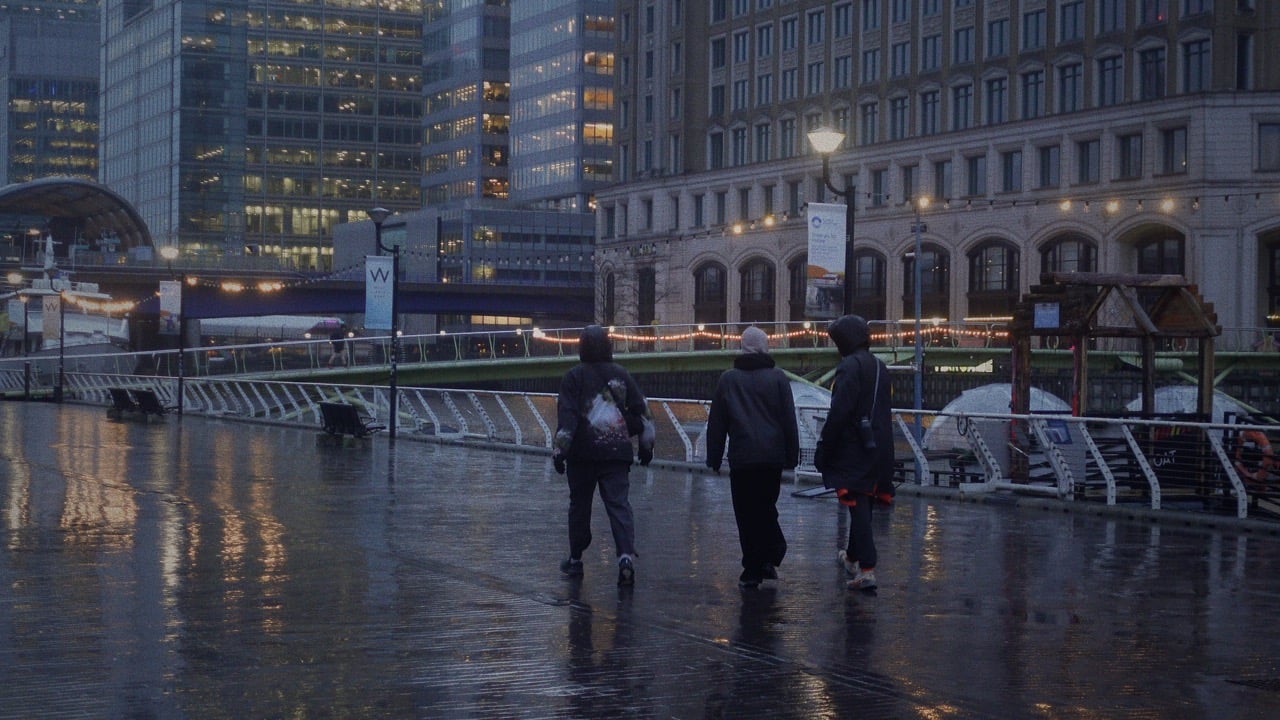 Despite being back at home, I couldn’t help but feel that Old Flo felt out of place in her new up-market setting. She is now a memento of a forgotten past of the East End. What was a fry-up and a builder’s tea is now an oat flat white and an almond croissant.
Despite being back at home, I couldn’t help but feel that Old Flo felt out of place in her new up-market setting. She is now a memento of a forgotten past of the East End. What was a fry-up and a builder’s tea is now an oat flat white and an almond croissant.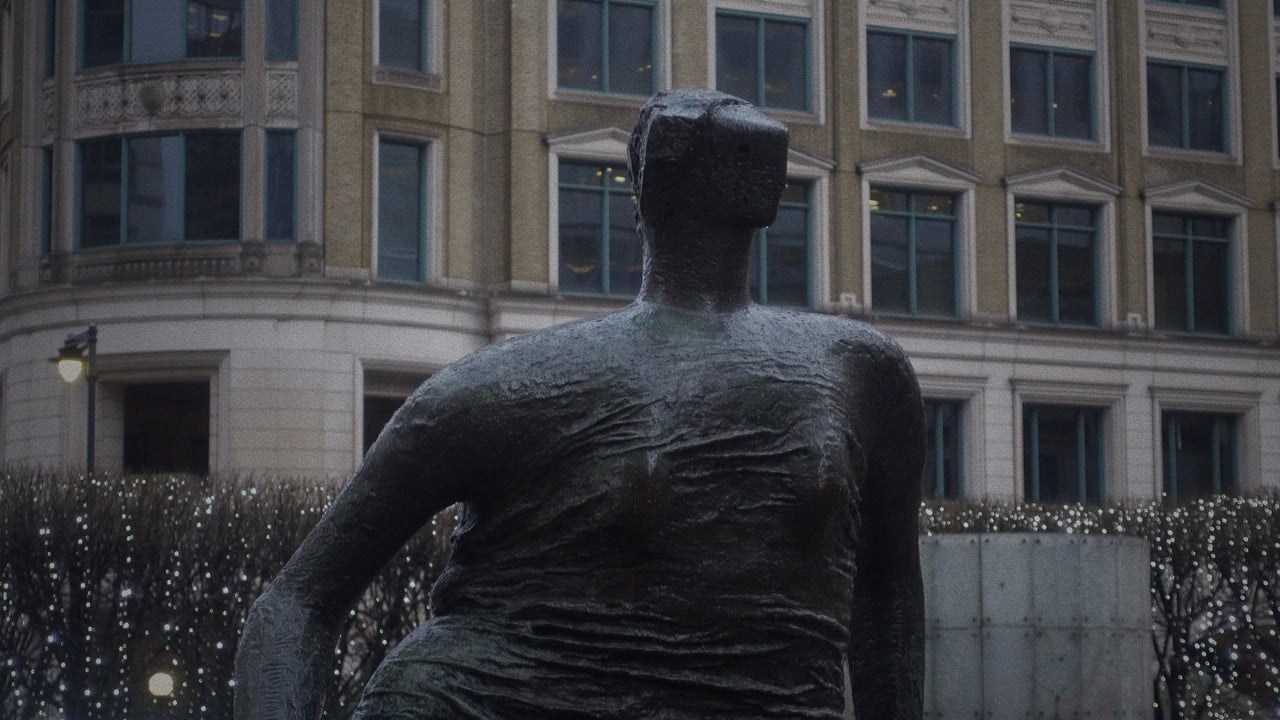 Like Old Flo, we were soon surrounded by depressed commuters and headed through the narrow arteries of Greenwich foot tunnel towards Greenwich Park. Close to the top of the hill, west of the Royal Observatory we met Knife’s Edge – a biomorphic up-right sculpture that looks back towards Draped Seated Woman.
Like Old Flo, we were soon surrounded by depressed commuters and headed through the narrow arteries of Greenwich foot tunnel towards Greenwich Park. Close to the top of the hill, west of the Royal Observatory we met Knife’s Edge – a biomorphic up-right sculpture that looks back towards Draped Seated Woman. 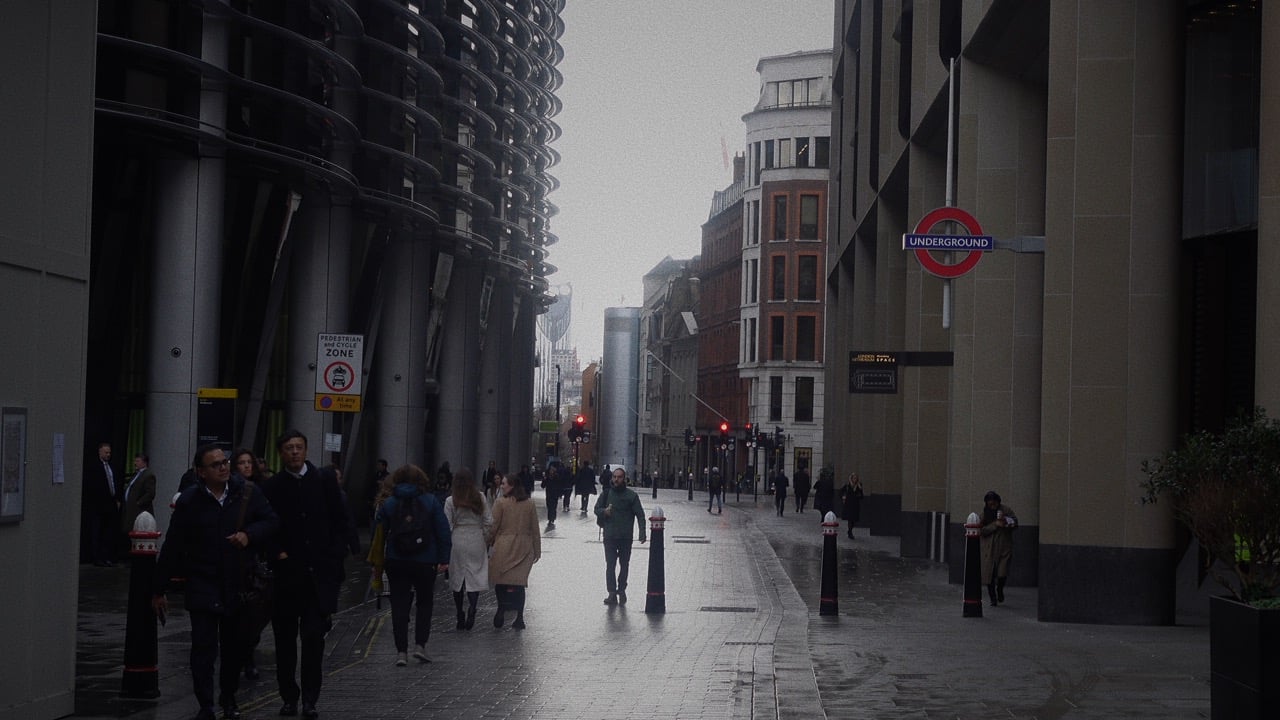 Sadly, the site of our next Moore, Wren’s St Stephen Walbrook church, was closed for renovations meaning we were denied the opportunity to be reunited with Moore’s 8ft travertine marble Circular Alter and Working Model for Sundial which sits in the church courtyard. Fortunately, this gave us more time to work out the best lie to get into St Paul’s Cathedral without paying £26 (where we intended to meet our third Moore). Whilst St Paul’s is technically free to the public for worship at certain times of the day, we didn’t have time to wait for Eucharist.
Sadly, the site of our next Moore, Wren’s St Stephen Walbrook church, was closed for renovations meaning we were denied the opportunity to be reunited with Moore’s 8ft travertine marble Circular Alter and Working Model for Sundial which sits in the church courtyard. Fortunately, this gave us more time to work out the best lie to get into St Paul’s Cathedral without paying £26 (where we intended to meet our third Moore). Whilst St Paul’s is technically free to the public for worship at certain times of the day, we didn’t have time to wait for Eucharist.
 Despite being back at home, I couldn’t help but feel that Old Flo felt out of place in her new up-market setting. She is now a memento of a forgotten past of the East End. What was a fry-up and a builder’s tea is now an oat flat white and an almond croissant.
Despite being back at home, I couldn’t help but feel that Old Flo felt out of place in her new up-market setting. She is now a memento of a forgotten past of the East End. What was a fry-up and a builder’s tea is now an oat flat white and an almond croissant. Like Old Flo, we were soon surrounded by depressed commuters and headed through the narrow arteries of Greenwich foot tunnel towards Greenwich Park. Close to the top of the hill, west of the Royal Observatory we met Knife’s Edge – a biomorphic up-right sculpture that looks back towards Draped Seated Woman.
Like Old Flo, we were soon surrounded by depressed commuters and headed through the narrow arteries of Greenwich foot tunnel towards Greenwich Park. Close to the top of the hill, west of the Royal Observatory we met Knife’s Edge – a biomorphic up-right sculpture that looks back towards Draped Seated Woman.  Sadly, the site of our next Moore, Wren’s St Stephen Walbrook church, was closed for renovations meaning we were denied the opportunity to be reunited with Moore’s 8ft travertine marble Circular Alter and Working Model for Sundial which sits in the church courtyard. Fortunately, this gave us more time to work out the best lie to get into St Paul’s Cathedral without paying £26 (where we intended to meet our third Moore). Whilst St Paul’s is technically free to the public for worship at certain times of the day, we didn’t have time to wait for Eucharist.
Sadly, the site of our next Moore, Wren’s St Stephen Walbrook church, was closed for renovations meaning we were denied the opportunity to be reunited with Moore’s 8ft travertine marble Circular Alter and Working Model for Sundial which sits in the church courtyard. Fortunately, this gave us more time to work out the best lie to get into St Paul’s Cathedral without paying £26 (where we intended to meet our third Moore). Whilst St Paul’s is technically free to the public for worship at certain times of the day, we didn’t have time to wait for Eucharist. Thankfully, having explained our Moore-inspired pilgrimage, we were let in for free and met our fourth (and my favourite) Moore of the day - Mother and Child: Hood. This sculpture wills you to touch its cold marble surface and cradles you in its warm arms. 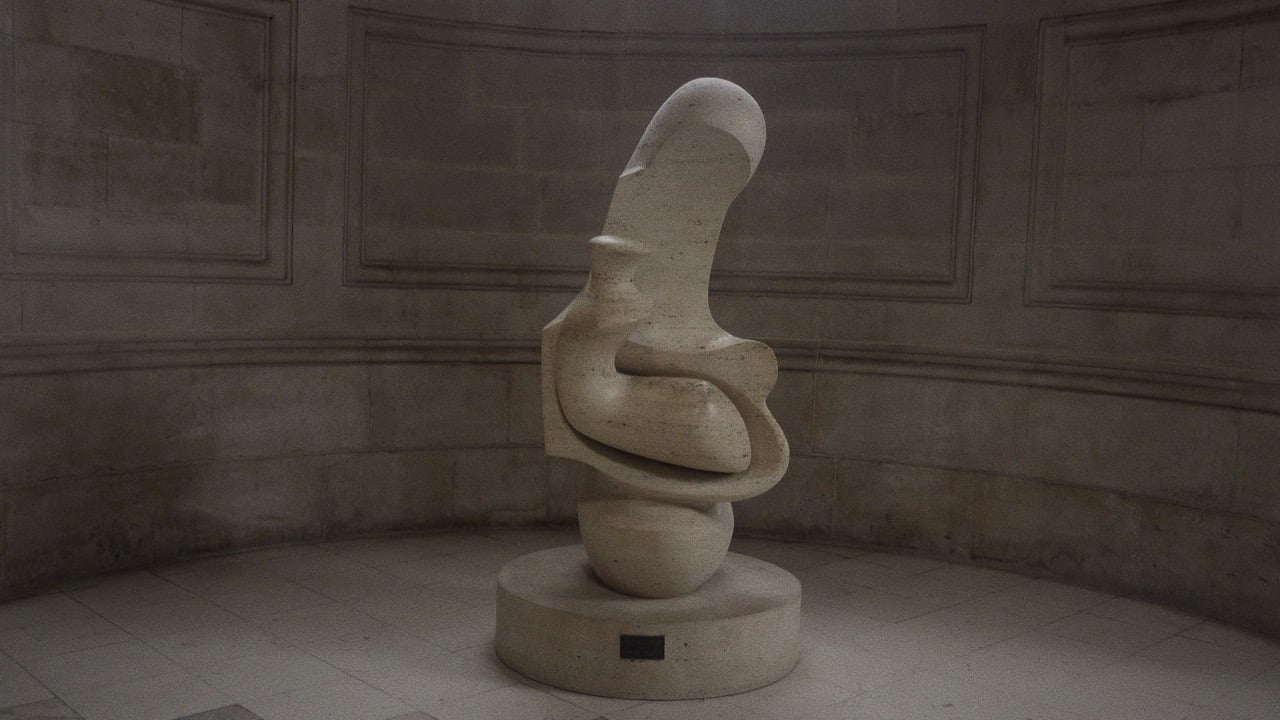 We pulled ourselves away from the primal bond of Mother and Child and fuelled ourselves in Beppe’s Café with a round of Diet Cokes coupled with a long-roll, chips and beans before heading to Haberdashers’ Hall, which was closed to the public but not the pedestrianists. We quickly took a photo of our fifth Moore: Working Model for Draped Reclining Figure before being hurried out of by a Worshipful Haberdasher.
We pulled ourselves away from the primal bond of Mother and Child and fuelled ourselves in Beppe’s Café with a round of Diet Cokes coupled with a long-roll, chips and beans before heading to Haberdashers’ Hall, which was closed to the public but not the pedestrianists. We quickly took a photo of our fifth Moore: Working Model for Draped Reclining Figure before being hurried out of by a Worshipful Haberdasher.
 We pulled ourselves away from the primal bond of Mother and Child and fuelled ourselves in Beppe’s Café with a round of Diet Cokes coupled with a long-roll, chips and beans before heading to Haberdashers’ Hall, which was closed to the public but not the pedestrianists. We quickly took a photo of our fifth Moore: Working Model for Draped Reclining Figure before being hurried out of by a Worshipful Haberdasher.
We pulled ourselves away from the primal bond of Mother and Child and fuelled ourselves in Beppe’s Café with a round of Diet Cokes coupled with a long-roll, chips and beans before heading to Haberdashers’ Hall, which was closed to the public but not the pedestrianists. We quickly took a photo of our fifth Moore: Working Model for Draped Reclining Figure before being hurried out of by a Worshipful Haberdasher. We stretched our legs down Victoria embankment and saw our second Knife Edge of the day outside the Houses of Parliament. This sculpture is both narrow and wide, depending on your vantage point, and looks more like a knife block than a knife edge.
By 14:00, we had reached the Tate Britain having visited our seventh and eighth Moore’s en route – West Wind (Moore’s first public commission which sits on top of St James’ Park Underground Station alongside six other winds, including one by Eric Gill) and Two Piece Reclining Figure No. 1 (located inside the forecourt of Chelsea School of Art where Moore worked part-time as a teacher).
The Tate Britain boasts over 30 Moore’s across two rooms, which are layered with rashes of Bacon triptychs. It is arguably the best collection outside of Yorkshire Sculpture Park but having breathed in eight Moore’s in open air, it felt wrong to see these beautiful sculptures cooped up and starved of oxygen in Perspex vitrines. The works feel like they are in a struggle to escape – much like Moore’s Mother and Child which, in the Tate Britain (unlike St Paul’s), shows two animalistic figures in a disturbing dynamic.
Back out in fresh air and with fresh socks, we stopped off at Locking Piece on Millbank before heading to the Brandon Estate near Kennington to see Two Piece Reclining Figure No. 3. Finally, it felt like we were seeing a Moore how he intended it to be seen – high art against high-rise flats. For a moment in its presence, we were part of the ‘Proud City’ and a ‘better Britain’ (as was the intention of the Abercrombie Plan – the scheme under which Two Piece Reclining Figure No. 3 was acquired, providing public art for social housing estates).
Having made our way through Vauxhall and the tropical oasis of Bonnington Square, the rain fell once again as we made it to our twelfth Moore of the day (the Tate Britain’s collection only counts as one). Four standing pedestrianists encircled Three Standing Figures in Battersea Park – the poster boys of the 1948 Sculpture in the Open Air exhibition held by London City Council. Under grey skies and in-front of dreary stones, it was here that I realised that Moore wasn’t very good at faces.  By 17:00 it was dark and as the sun dropped, so did morale. Divisions cast their way into the group. There were four more Moore’s but it was Adam’s birthday and he needed to be at a pub in Hampstead by 20:00. The pub had been strategically chosen, it being a stone’s throw from our final Moore at Kenwood House but we had underestimated the challenge before us and were way off on timings.
By 17:00 it was dark and as the sun dropped, so did morale. Divisions cast their way into the group. There were four more Moore’s but it was Adam’s birthday and he needed to be at a pub in Hampstead by 20:00. The pub had been strategically chosen, it being a stone’s throw from our final Moore at Kenwood House but we had underestimated the challenge before us and were way off on timings. 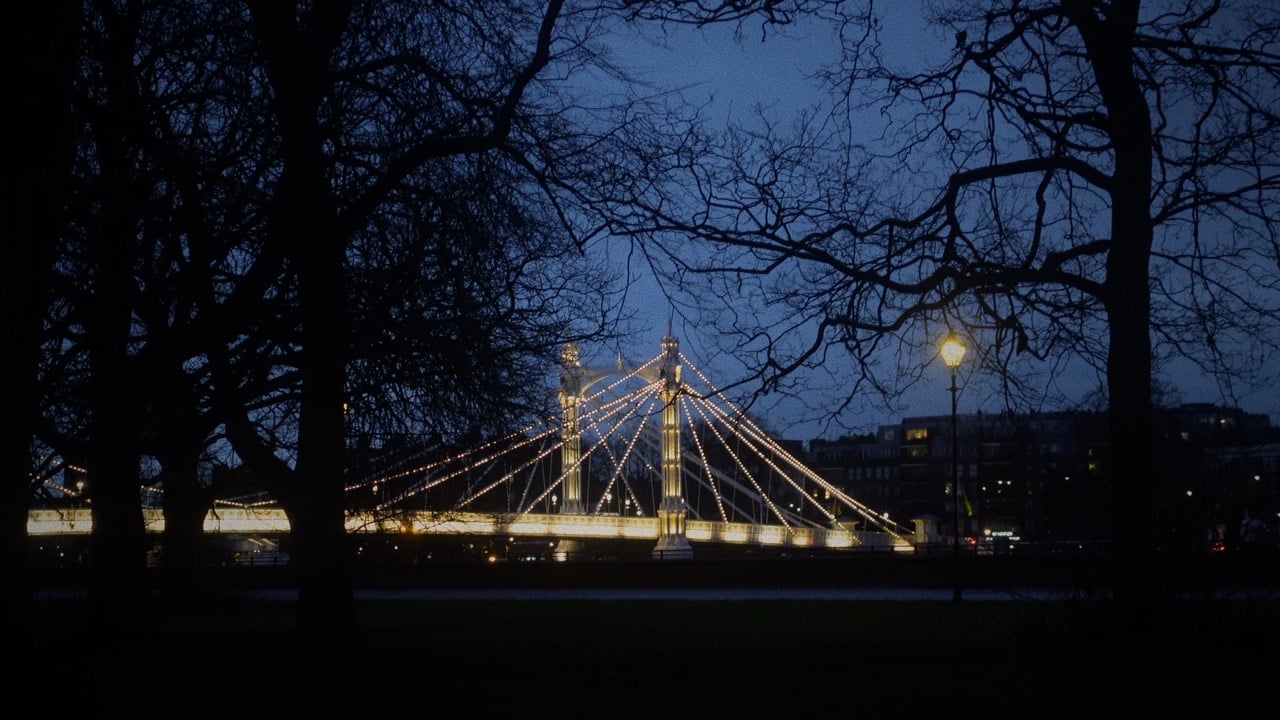 Outside of Charing Cross Hospital, which is unhelpfully located in Hammersmith, not Charing Cross, we reached Working Model for Reclining Figure: Lincoln Center (our thirteenth Moore). The fatigue of walking for 12 hours hit me but we had to push forward.
Outside of Charing Cross Hospital, which is unhelpfully located in Hammersmith, not Charing Cross, we reached Working Model for Reclining Figure: Lincoln Center (our thirteenth Moore). The fatigue of walking for 12 hours hit me but we had to push forward.
 By 17:00 it was dark and as the sun dropped, so did morale. Divisions cast their way into the group. There were four more Moore’s but it was Adam’s birthday and he needed to be at a pub in Hampstead by 20:00. The pub had been strategically chosen, it being a stone’s throw from our final Moore at Kenwood House but we had underestimated the challenge before us and were way off on timings.
By 17:00 it was dark and as the sun dropped, so did morale. Divisions cast their way into the group. There were four more Moore’s but it was Adam’s birthday and he needed to be at a pub in Hampstead by 20:00. The pub had been strategically chosen, it being a stone’s throw from our final Moore at Kenwood House but we had underestimated the challenge before us and were way off on timings.  Outside of Charing Cross Hospital, which is unhelpfully located in Hammersmith, not Charing Cross, we reached Working Model for Reclining Figure: Lincoln Center (our thirteenth Moore). The fatigue of walking for 12 hours hit me but we had to push forward.
Outside of Charing Cross Hospital, which is unhelpfully located in Hammersmith, not Charing Cross, we reached Working Model for Reclining Figure: Lincoln Center (our thirteenth Moore). The fatigue of walking for 12 hours hit me but we had to push forward.Our pace quickened and after an hour, we reached Hyde Park. Adam left for Hampstead as the three remaining pedestrianists walked on towards the final three Moore’s.
We looked up at the locked gates of the Serpentine Gallery and could see the faint outline of The Arch in the distance – the same structure as we had seen in Walthamstow some 14 hours earlier, looking out at the water as if searching for its lost twin.
I jumped the fence, scraping the skin off my shin and hobbled towards the lonely sculpture which I had all to myself. It was the first time in the day that I had been alone with a Moore and a sense of awe laced with fatigue rushed over me. I read how in 1996, The Arch had been found to be unstable and needed to be restored before returning to its original location and felt an affinity between us. By this point in the day, I was really quite keen on being returned to my original location. Longing for home, we trudged towards the final two Moore’s.
There had been much talk of the penultimate Moore, located on the façade of the Time & Life Building near Bond Street. Passersby would be forgiven for missing the frieze sculpture which can be found on the upper balcony and blends into the building. This was a luxury Moore for a luxury setting – a rich integration of art and architecture. But by this point, it was 20:00 and the anticipation had been brewing for too long. Rather than being overcome with a sensation of awe, we were relieved to see the relief.
It is fitting that the Time/Life Screen (the fifteenth Moore) is situated directly above a Hermes shop (the Ancient Greek deity being the protector of travellers). With new socks that felt like Hermes' winged sandals and a renewed sense of optimism we carved our way North adjacent to the outer ring of Regent’s Park towards Hampstead.
By 21:15, after almost 16 hours of walking, we reached the Heath. It felt exactly like the last time I left it on our night drift. It was dark but London’s light pollution framed the trees like the reverse of an x-ray. We trudged in single file up-hill towards the last Moore. Trees stuck out their legs as if trying to trip us at the final hurdle.
Whilst Hampstead Heath is always open, Kenwood is very much closed after dark but we couldn’t miss out on the last Moore. We climbed a tree, flicked our exhausted bodies over the fence and paced uphill towards Kenwood. The final Moore (and sixteenth of the day) was perched atop of the hill looking down at its conquered city. The expressionless Two Piece Reclining Figure No.5 barely greeted us. The sculpture appeared as an amalgamation of all of the Moore’s that we had seen that day – a humanoid bulbous mass in two interlocking pieces.
We were struck with joy, then relief, then exhaustion. With weary legs and blistered feet, the walk wasn’t done yet. We vaulted over a fence, scraping my shin one more time before immediately getting an Uber home. Four pedestrianists had met that morning, four more joined part-way through but only two completed the full feat.
Back at home, it was time for one final salute to Moore. I lay down on my bed and assumed my position: Reclining Figure (2025). 73km across 17 hours. 16 Moore’s and 81,000 steps. It was time to rest. I had finally quenched my insatiable thirst for Moore
words: tom murray
photographs: juliet milne
